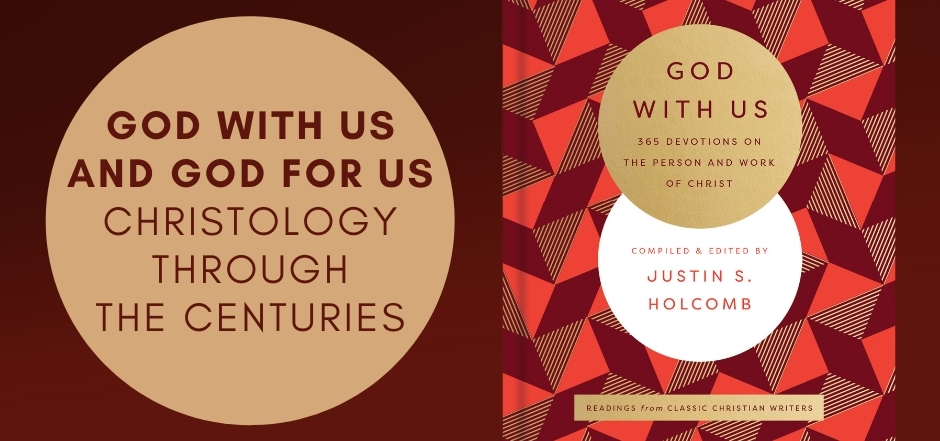
Editor’s Note: The following is an edited excerpt from The Rev. Canon Dr. Justin S. Holcomb’s new book,
God With Us: 365 Devotions on the Person and Work of Christ (Baker Books, 2021).
The study of Christ (Christology) expands upon a simple yet elegant line from George Herbert that captures two essential features of the Christian teaching about Jesus Christ: “In Christ two natures met to be thy cure” (George Herbert, The Temple).
The first is the person of Jesus Christ, who is fully God and fully man. At the Father’s bidding and by the power of the Holy Spirit, the Son assumed human nature at the incarnation: “The Word became flesh and dwelt among us” (John 1:14a, ESV). The divine nature and human nature “met” in the one person of Jesus Christ. We see that God is with us in the person of Christ.
The second is the work of Christ. The Lord took on the form of a servant to be our “cure.” By subjecting himself to the frailties and temptations of our condition and yet remaining without sin, He condemned sin in the flesh, undoing the consequences of sin. In His incarnation, obedience, death, resurrection, ascension, and future return, Jesus Christ accomplished redemption. We see that God is for us in the work of Christ.
Let us ponder the astonishing truth that, as the Nicene Creed eloquently states, the Son of God “for us and for our salvation came down from heaven and became incarnate by the Holy Spirit and of the Virgin Mary, and was made man.” The Nicene Creed, the cornerstone of orthodox Christian belief, attaches saving significance not only to Christ’s death and resurrection but also to His incarnation and birth.
Christians celebrate that Jesus Christ is God with us and God for us. Christian theology explores the abundance, capacity, and immensity of Christ’s tender and powerful love for you. It explores His sovereign rule as Lord and King. We will see that the person and work of Christ have very personal implications for you. Those same implications are also comprehensive for all creation. The Lord delights in showing mercy to you. He is making all things new.
Examples of these points are found all throughout the Christian tradition. Here are a few examples:
“Jesus is the only high priest of all, and the only king of every creature, and the Father’s only supreme prophet of prophets.” —Eusebius, Ecclesiastical History, trans. S. E. Parker (London: Samuel Bagster and Sons, 1847), 43 (Ecclesiastical History, 1.3).
“The three miserable consequences introduced by sin—ignorance, guilt, and bondage to sin—required Christ to fulfill three roles for us . . . Ignorance is healed by Christ the Prophet; guilt by Christ the Priest; the tyranny and bondage to sin by Christ the King. Prophetic light scatters the darkness of error; the merit of the Priest takes away guilt and procures a reconciliation for us; the power of the King removes the bondage of sin and death. The Prophet shows God to us; the Priest leads us to God; and the King joins us together and glorifies us with God. The Prophet enlightens the mind by the Spirit of illumination; the Priest by the Spirit of consolation tranquilizes the heart and conscience; the King by the Spirit of sanctification subdues rebellious desires and emotions.” —Francis Turretin, Institutes of Elenctic Theology, vol. 2, trans. George Mus- grave Giger (Phillipsburg: Presbyterian and Reformed Publishing, 1994), 393.
“O God, the king of glory, who has exalted Your only Son, Jesus Christ, with great triumph unto Your kingdom in heaven, we beseech You, leave us not comfortless, but send to us Your Holy Spirit to comfort us, and exalt us unto the same place where our Savior has gone before; who lives and reigns with You and the Holy Spirit, now and forever. Amen.” —Thomas Cranmer, from The Book of Common Prayer, 1549, in Early Protestant Spirituality, The Classics of Western Spirituality, ed. Scott H. Hendrix and Bernard McGinn, trans. Scott H. Hendrix, (New York; Mahwah, NJ: Paulist Press, 2009), 225.
